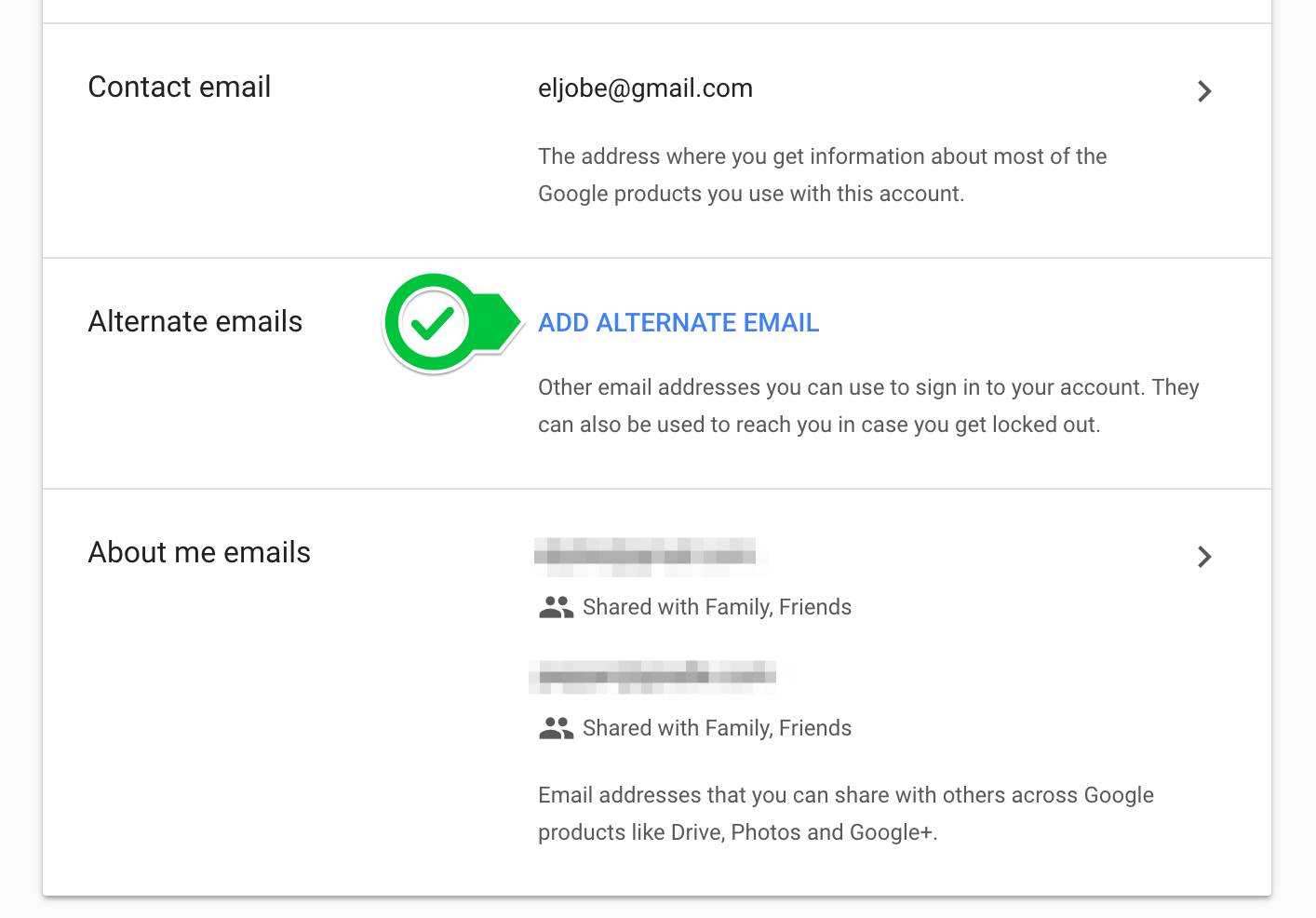


- #HOW TO USE GOOGLE DOCS WITHOUT THE DELAY HOW TO#
- #HOW TO USE GOOGLE DOCS WITHOUT THE DELAY SERIAL#
- #HOW TO USE GOOGLE DOCS WITHOUT THE DELAY CODE#
The ESP8266 needs to correctly decode the header information received from the first server to extract the redirect URL and make a second GET request to the new server. To make this redirection simpler, Sujay Phadke, aka electronicsguy, has shared on GitHub a beautiful piece of code in the form of Arduino Library named HTTPSRedirect. However, for ESP8266, this is not straight forward. For a web browser, the URL redirection is a very common thing and it works without any problem. When you enter this URL in a web browser, the Google’s server responds back asking the browser to redirect to another URL with domain with a new GET request. We will obviously be sending data using a GET request over an URL which has a pattern of …. Let’s first try to understand what really happens when we try to send data to Google’s end. However, the NodeMCU implements a voltage divider circuit on board to expand the range of input voltage to 3.3V. Note: The ESP8266 analog input can handle the maximum input voltage of 1V. Soil moisture sensor consisting of exposed metal pads and an instrumentation circuit The instrumentation circuit is powered with a 3.3V supply and its output is fed to the analog input channel (A0) of the NodeMCU. The accompanying instrumentation board provides an analog output voltage that varies with the moisture level of the soil. The more water in the soil means higher conductivity between the two pads, and vice-versa. The exposed pads act as probes for sensing the moisture level within the soil. This project uses a very simple and inexpensive soil moisture sensor (one you can buy on eBay or Aliexpress for $1) kit consisting of two exposed metal pads and an instrumentation circuit board. The second part involves creating a Google sheet and configuring it to accept the sensor data sent by the ESP8266 module over the internet using a Google App Script that is provided with this tutorial.

The first part is setting up the ESP8266 hardware to read the soil moisture sensor output.
#HOW TO USE GOOGLE DOCS WITHOUT THE DELAY HOW TO#
For illustration, I am using a NodeMCU board that reads the analog output from a soil moisture sensor inserted into one my flower pots and directly connects to a spreadsheet on my Google Drive for storing the data.ĮSP8266 data logging to Google spreadsheets Related PostsĬheck out How to send email and text messages using ESP8266.Ĭheck out our weather web server project for local web hosting of the sensor readings using ESP8266.Ĭheck out our ThingSpeak temperature and humidity logger project for remote server data logging example using ESP8266īasically there are two parts to this project. In this tutorial, I will describe a method of connecting the ESP8266 device directly to a Google sheet for storing the sensor data without using any third party plugin. If you are a regular user of Google Drive, like me, you would find a Google sheet more approachable than all those IoT cloud platforms. Right now, there are already quite a bit of cloud IoT platforms (ThingSpeak, thinger.io, TESPA.io, Xively, … the list is getting bigger everyday) that provides APIs and tools to allow the ESP8266 users to directly upload their sensor readings online for real-time visualization and global access. An ESP8266 hardware, like NodeMCU and ESP-01, can directly interface with sensors using its peripherals and upload the sensor measurements to a local or a remote web server via internet.
#HOW TO USE GOOGLE DOCS WITHOUT THE DELAY SERIAL#
Packed with a 32-bit RISC CPU running at 80 MHz, a fully integrated WiFi radio with TCP/IP protocol stack, serial peripherals (I2C, SPI, and UART), an ADC channel, and general purpose I/O pins, the ESP8266 is the most integrated and affordable WiFi solution available in the current IoT market space.

In the past couple years, the ESP8266 platform has flourished dramatically and emerged as one of the most popular hardware tools among electronics hobbyists and IoT enthusiasts.


 0 kommentar(er)
0 kommentar(er)
